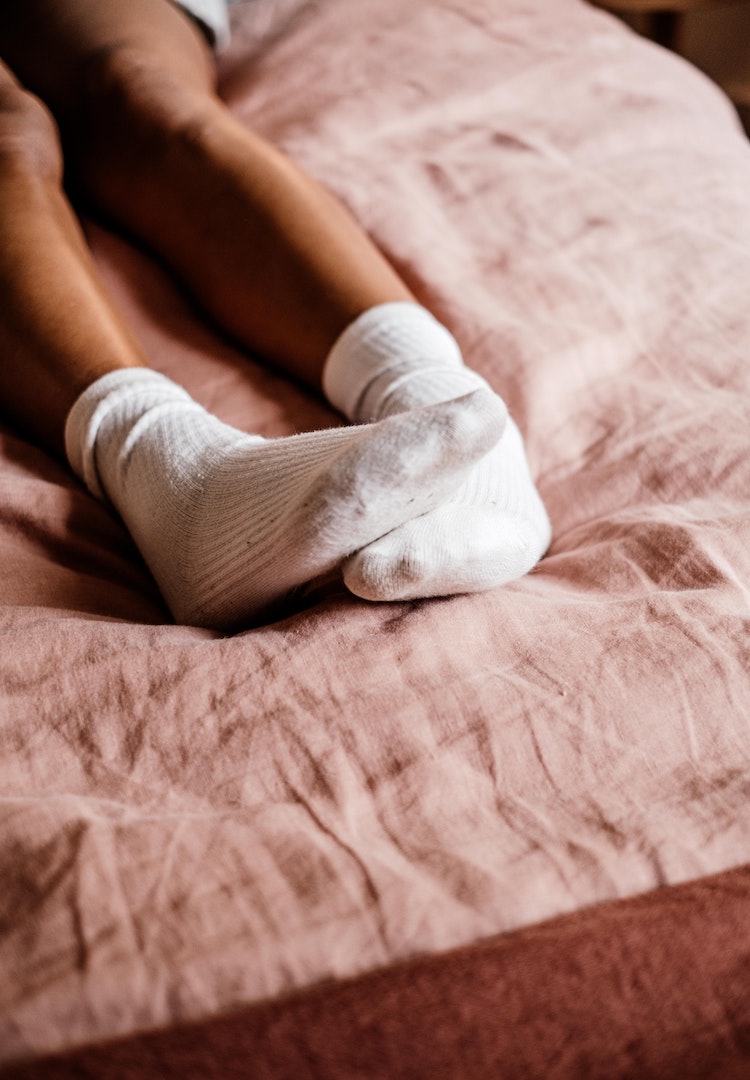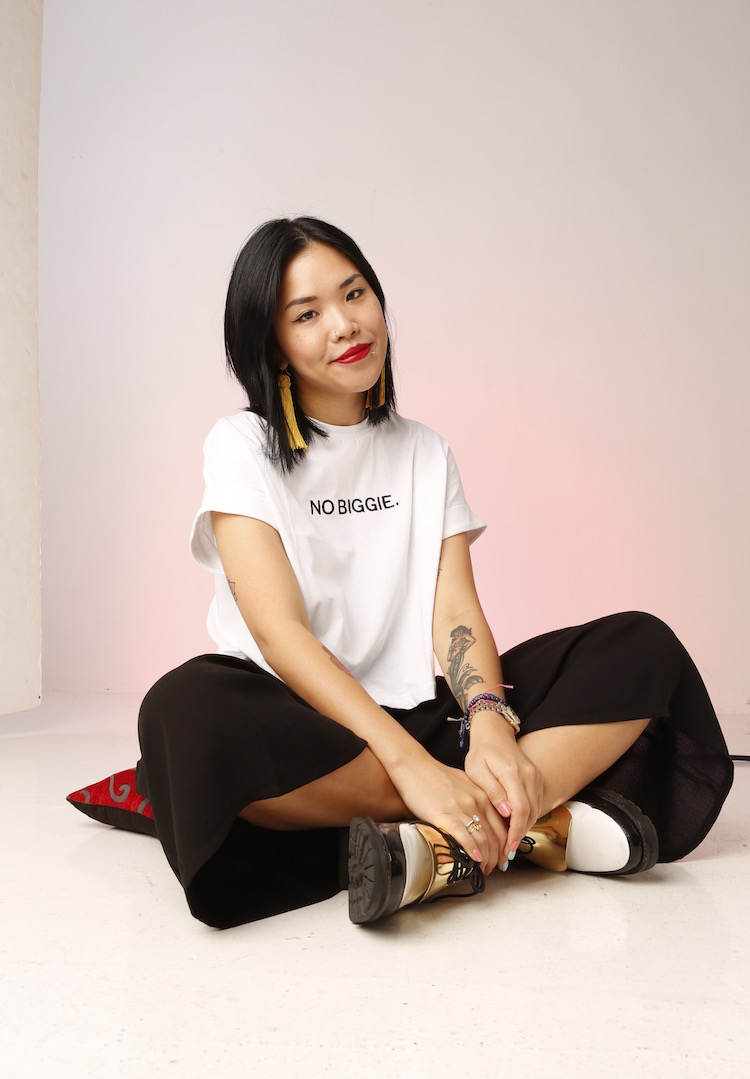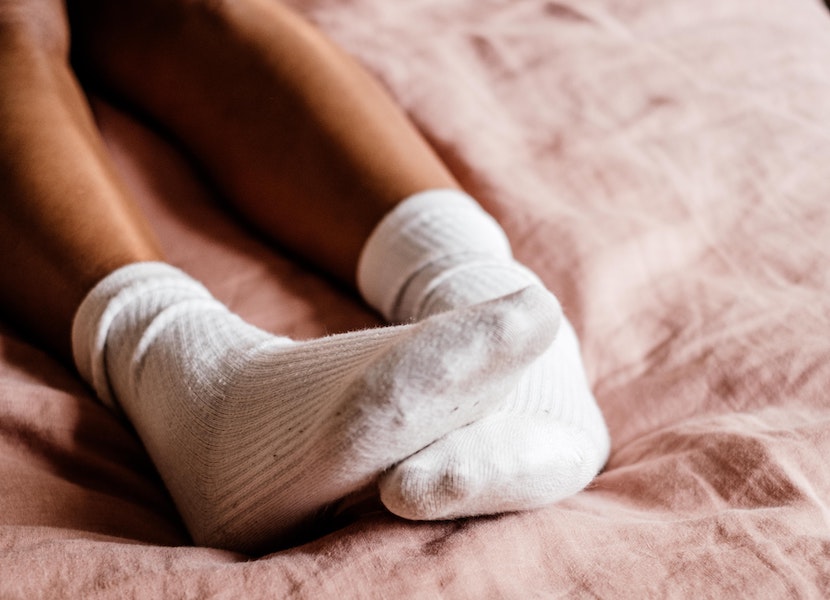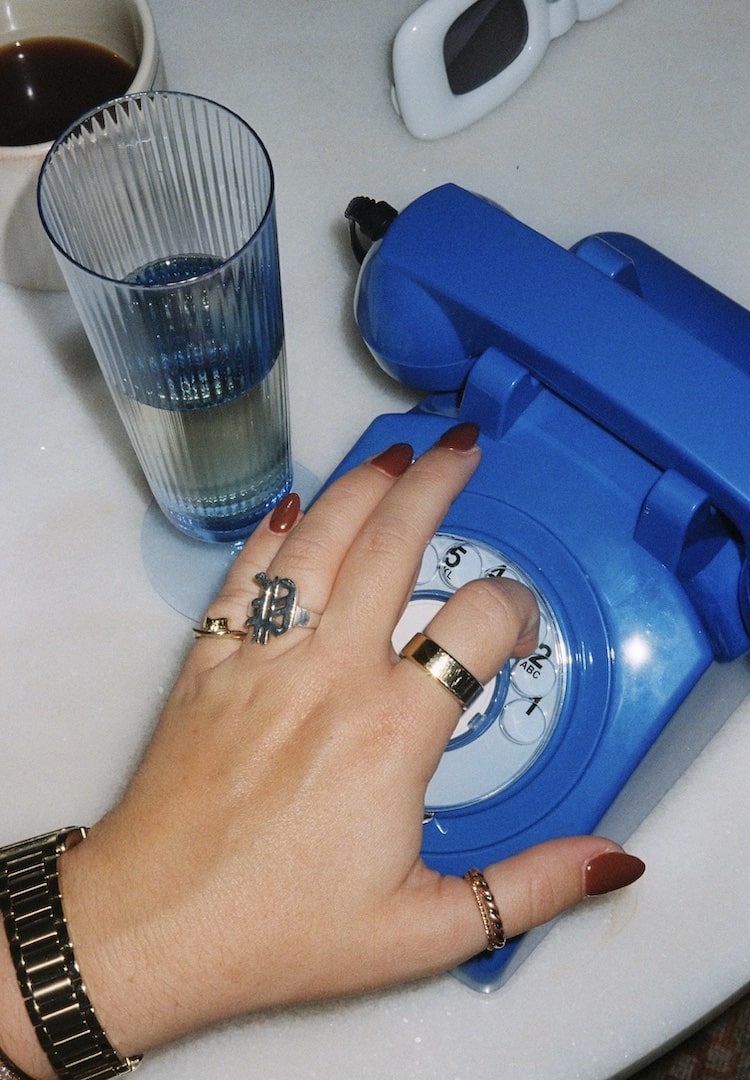I’m not comfortable having sex with the lights on, so I asked a sex coach for advice
WORDS BY HANNAH COLE
Lights on or off?
When I have my Hollywood-tinted glasses on, sex is all about low lighting, smooth tunes and a whole lot of romance. Perhaps there’s a disturbing lava lamp in the corner. Both participants can clearly see each other, and there are no requests for the lights to be switched off. This, the early ’00s teen movies seem to say, is what sex should look like.
But whether it’s a deep-seated preference or simply a phase, opting for the lights off during sex is incredibly common, particularly among females. In fact, Normal’s Big Sex Survey in 2021 found that 73 per cent of females prefer the lights off during sex, while 57 per cent of males are all for keeping them on. Yet another great gendered divide (as if there weren’t enough of these already).
Interested to hear how others navigate the world? Head to our Life section.
Maybe unsurprisingly, the highest-ranking reason for the female-identifying response stems from a dislike of their naked body. Certified sex coach Georgia Grace tells me this feeling also comes from being exposed and feeling vulnerable. We may be self-conscious or lack feelings of competence around our bodies or ability.
“Your body can move in weird ways and jiggle and make sounds. Having the lights off can allow for being vulnerable [and] to feel more comfortable,” she tells me.
In favour of the lights off
“When we think about sensual spaces, the lighting is dim,” Georgia points out. Where fluorescent lighting is stimulating and energising, softer mood lighting allows for relaxation and release. It feels cozy, close, intimate and warm.
Moreover, the lack of visual stimulation allows us to focus on other senses instead. In workshops and sessions, Georgia often plays with sense restriction – commonly sight – with clients reporting they can feel more sensation and pleasure with this taken away. “The sense of touch can feel more intense,” she says.
A level of mindfulness comes when you turn off the lights, too. “You may not be looking at the dirty washing basket at the end of the bed, you may not be distracted by the thing that’s out the window or the way that your body looks [and] how it’s contorted into a different position,” Georgia explains. Instead of fixating on “what sex looks like,” the dimness brings us back into our body.
On the other hand, sex with the lights on can be incredibly sexy too. “A lot of people say that it really turns them on when they can see their partner,” says Georgia. Maybe you’re turned on by watching yourself receive pleasure or getting aroused, preferring to witness this visually, not just physically. Georgia also notes that others might feel unsafe in the dark (for a whole host of reasons) so keeping the lights on can support them in feeling safe.
Is it a preference or a deal-breaker?
As indicated by the Normal survey, there is a gaping preference division, particularly when it comes to cis-hetero relationships. At what point is it a preference, and when does it become a deal-breaker?
When the conversation comes up with clients, Georgia encourages them to “look at what you’re wanting to receive and what you’re willing to give when it comes to sex”. This might mean keeping the lights on at times, whether for the benefit of yourself or your partner and switching it up the next time, accounting for these varied desires.
But the debate is so often triggered by much deeper insecurities; it can be part of a more significant concern, “one aspect or one piece to the puzzle”. Georgia explains it can affect both “how you feel as a sexual person and how you feel in your relationship” as there may be elements of negative self-talk and discomfort around being naked with your partner. You might not be able to experience orgasm because of concerns about image or performance overriding pleasure. In these instances, seeking further help may be beneficial.
If a partner is “deeply uncomfortable or working through body confidence or just doesn’t want to have sex in that way,” Georgia notes that, more often than not, in a loving and consensual relationship, this will be met with respect. Instead, it becomes a conversation about, what can you can each do to make sure you’re comfortable having sex with each other.
If you want to investigate
Georgia highlights that everyone should figure out how they want to have sex and “if that means lights off for the rest of your life, awesome. Let’s celebrate it”. But let’s say it’s something you, or a partner, want to build up to. First, Georgia advises looking at the barrier between you and feeling comfortable with the lights on (see above).
Then it’s time to start dabbling in exposure by experimenting with more light but in a comfortable, non-confronting way. This could mean leaving an item of clothing on, dimming the lights but keeping a blanket on top so you still feel protected or having sex in the middle of the day with the blinds drawn.
She also suggests taking action on your own by masturbating in broad daylight or in front of the mirror. Practice affirmations like ‘I am sexy, I deserve pleasure, this is healthy and this is fun’. Rewrite the negative thoughts you have about being seen with the lights on and learn a new language around your body. Lights on or lights off, sex should be fun and exciting. Flick the switch (or don’t).
For advice on becoming more comfortable with your body during sex, try this.










